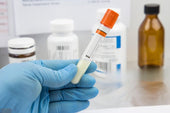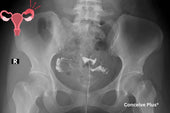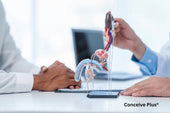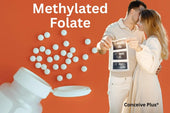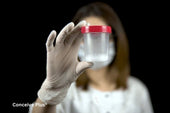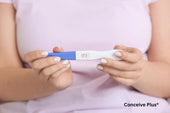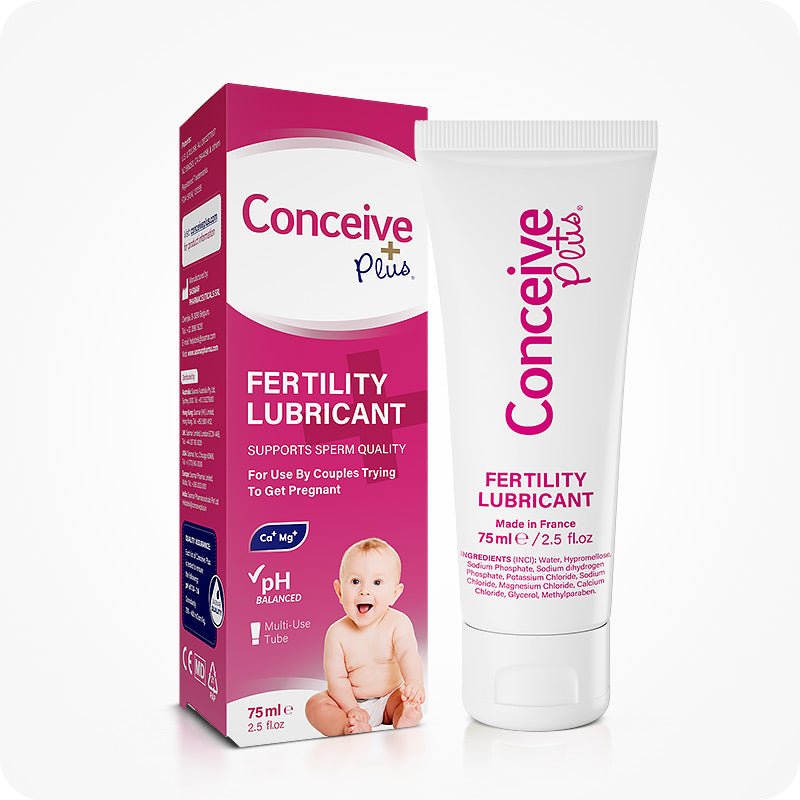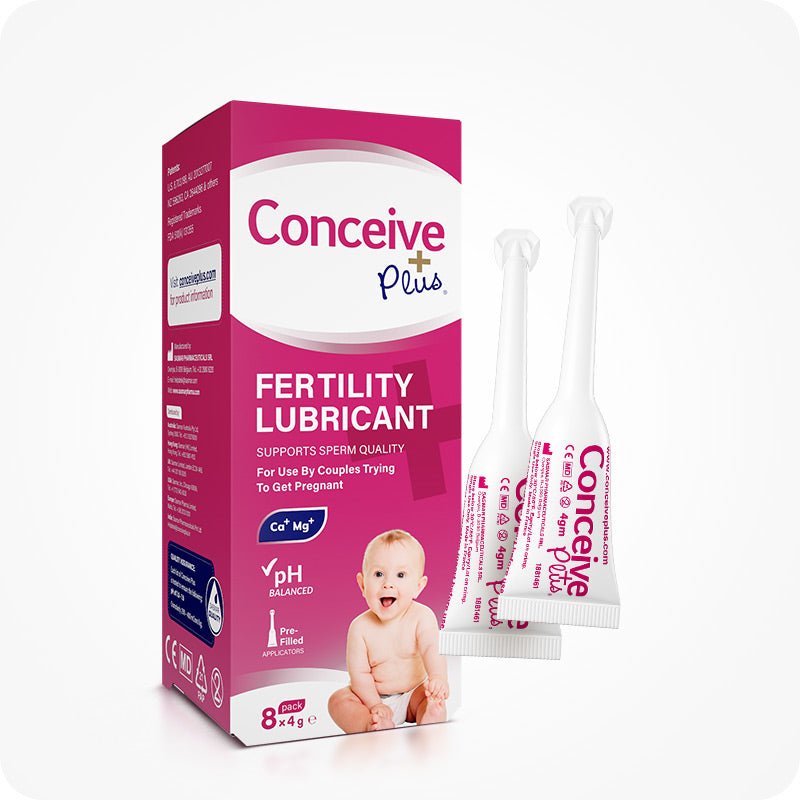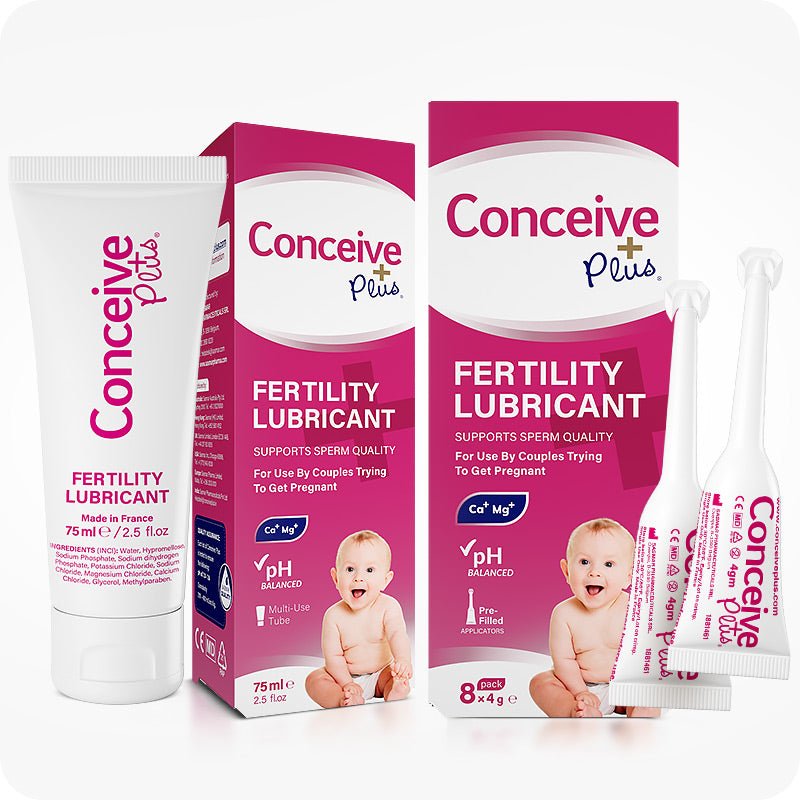Ejaculation Without Climax: Understanding the Disconnection

Experiencing ejaculation without climax can feel confusing and even alarming for many men. This phenomenon, sometimes described as a seminal release that lacks the familiar surge of pleasure, challenges the long‑held belief that ejaculation and orgasm are inseparable twins of male sexuality. In reality, the body treats them as two related but independent reflexes. Ejaculation is a largely mechanical event orchestrated by the spinal cord: sympathetic nerves trigger contractions of the vas deferens, seminal vesicles, and prostate, propelling semen through the urethra. Orgasm, by contrast, is a complex sensory and emotional crescendo generated in the brain’s limbic and reward centers after it receives rapid‑fire signals from pelvic nerves.
If those signals are weakened—by nerve damage, medication side effects, hormonal shifts, or psychological distraction—the brain may register little to no pleasure even though the spinal reflex fires on schedule. Because the gap between these processes is normally measured in milliseconds, most men never notice the distinction until something interferes. When it does, the experience can provoke anxiety about performance, fertility, or underlying health. Recognizing that this disconnect has physiological explanations is the first step toward seeking appropriate evaluation and restoring satisfying sexual function. Fortunately, most cases respond well to targeted interventions [1].
The Physiology of Release and Pleasure
Ejaculation is a reflex orchestrated by the spinal cord and peripheral nerves, culminating in rhythmic contractions that propel semen through the urethra. Orgasm, by contrast, is a cortical interpretation of those muscular events, colored by neurotransmitters such as dopamine, oxytocin, and endorphins. If sensory feedback from the pelvic floor is dampened, or if brain chemistry is temporarily blunted, the body can complete the mechanical act while the mind registers little or no euphoria.
Possible Medical Causes
Several physical conditions are known to interrupt the orgasmic component. Diabetes‑related neuropathy may dull genital sensation, while multiple sclerosis or spinal injuries can disrupt the pathways that carry pleasurable signals upward. Certain prostate surgeries reroute nerve fibers, leading to “dry” or muted climaxes. Medications used for hypertension, depression, or enlarged prostate often alter neurotransmitter levels or smooth‑muscle tone, creating a scenario where semen is expelled but the orgasmic crescendo never arrives [2].
Psychological and Lifestyle Factors
Performance anxiety, chronic stress, and unresolved relationship tension can also separate release from pleasure. The sympathetic nervous system, which spikes during anxiety, can override the parasympathetic processes that support orgasmic perception. Excessive alcohol intake, recreational drugs, and sleep deprivation likewise dampen central nervous system responsiveness, making it easier for the muscular reflex to fire without the brain registering reward.
Diagnostic Pathways
Evaluation begins with a detailed sexual history, including onset, frequency, and any concurrent illnesses or medications. A physical exam assesses genital sensation and pelvic floor integrity. Blood tests may screen for hormonal imbalances such as low testosterone or thyroid dysfunction, while nerve conduction studies or penile biothesiometry evaluate sensory pathways. When psychological contributors are suspected, validated questionnaires can gauge anxiety, depression, or relationship distress [3].
Treatment and Self‑Management Strategies
Addressing ejaculation without orgasim often requires a layered approach. Optimizing overall health through regular exercise, balanced nutrition, and sleep hygiene improves vascular and neural function. Reducing or substituting medications that interfere with sexual response, under medical supervision, can restore the orgasmic component. Pelvic floor physical therapy strengthens the muscles involved in pleasurable contractions, enhancing sensory feedback. Mindfulness‑based techniques teach men to tune into subtle bodily sensations, potentially amplifying orgasmic perception.
Pharmacologic aids such as dopamine agonists or off‑label use of certain antidepressants may be explored when neurotransmitter deficits are documented. For cases linked to androgen deficiency, testosterone replacement therapy can heighten libido and neural responsiveness. In neurogenic conditions, targeted nerve stimulation devices show promise in preliminary studies, re‑establishing the connection between spinal reflexes and cortical pleasure centers [4].
For practical strategies on how to orgasam without ejaculation, be sure to explore our guide "How To Orgasam Without Ejaculation? Tips & Techniques" for expert tips on bridging the gap between release and pleasure.
Preventive Outlook and Future Research
Prevention starts with overall wellness. Managing blood sugar, limiting alcohol, staying active, and quitting tobacco safeguard the small nerves that transmit sensation. Regular medical reviews can uncover hormonal or vascular issues before they dampen pleasure. Meanwhile, scientists are using functional MRI to trace how brain regions coordinate release and reward, knowledge that is inspiring nerve‑stimulation devices and smartphone biofeedback programs aimed at restoring synchrony. As datasets grow, clinicians expect personalized risk scores that flag very early warning signs and suggest focused lifestyle, counseling, or pharmacologic steps, keeping the reflex and the feeling united.
If you're curious about what causes a dry orgasm and its impact on reproductive health, be sure to check out our article "What Causes a Dry Orgasm and What It Means for Your Reproductive Health" for a deeper dive into the subject.
The Bottom Line
Although an isolated episode is usually benign, persistent ejaculation without climax warrants professional evaluation. The condition may be an early indicator of metabolic or neurological disease, and early intervention often yields better sexual and general health outcomes. Couples counseling can be invaluable, ensuring open communication and reducing performance pressure, which in turn supports recovery of satisfying intimacy.
By understanding the delicate choreography between the body’s reflexes and the brain’s interpretation of pleasure, men can take informed steps toward restoring both elements of sexual fulfillment. The uncoupling of ejaculation and orgasm is rarely permanent, and with accurate diagnosis and personalized care, most individuals regain synchronized, gratifying experiences.
References
- Crowdis M, Leslie SW, Nazir S. Premature Ejaculation. [Updated 2023 May 30]. In: StatPearls [Internet]. Treasure Island (FL): StatPearls Publishing; 2025 Jan-. Available from: https://www.ncbi.nlm.nih.gov/books/NBK546701/
- InformedHealth.org [Internet]. Cologne, Germany: Institute for Quality and Efficiency in Health Care (IQWiG); 2006-. Overview: Premature ejaculation. [Updated 2022 Sep 23]. Available from: https://www.ncbi.nlm.nih.gov/books/NBK547548/
- Cooper K, Martyn-St James M, Kaltenthaler E, Dickinson K, Cantrell A. Interventions to treat premature ejaculation: a systematic review short report. Health Technol Assess. 2015 Mar;19(21):1-180, v-vi. doi: 10.3310/hta19210. PMID: 25768099; PMCID: PMC4781071.
- Martyn-St James M, Cooper K, Ren S, Kaltenthaler E, Dickinson K, Cantrell A, Wylie K, Frodsham L, Hood C. Phosphodiesterase Type 5 Inhibitors for Premature Ejaculation: A Systematic Review and Meta-analysis. Eur Urol Focus. 2017 Feb;3(1):119-129. doi: 10.1016/j.euf.2016.02.001. Epub 2016 Feb 19. PMID: 28720356; PMCID: PMC5503121.








